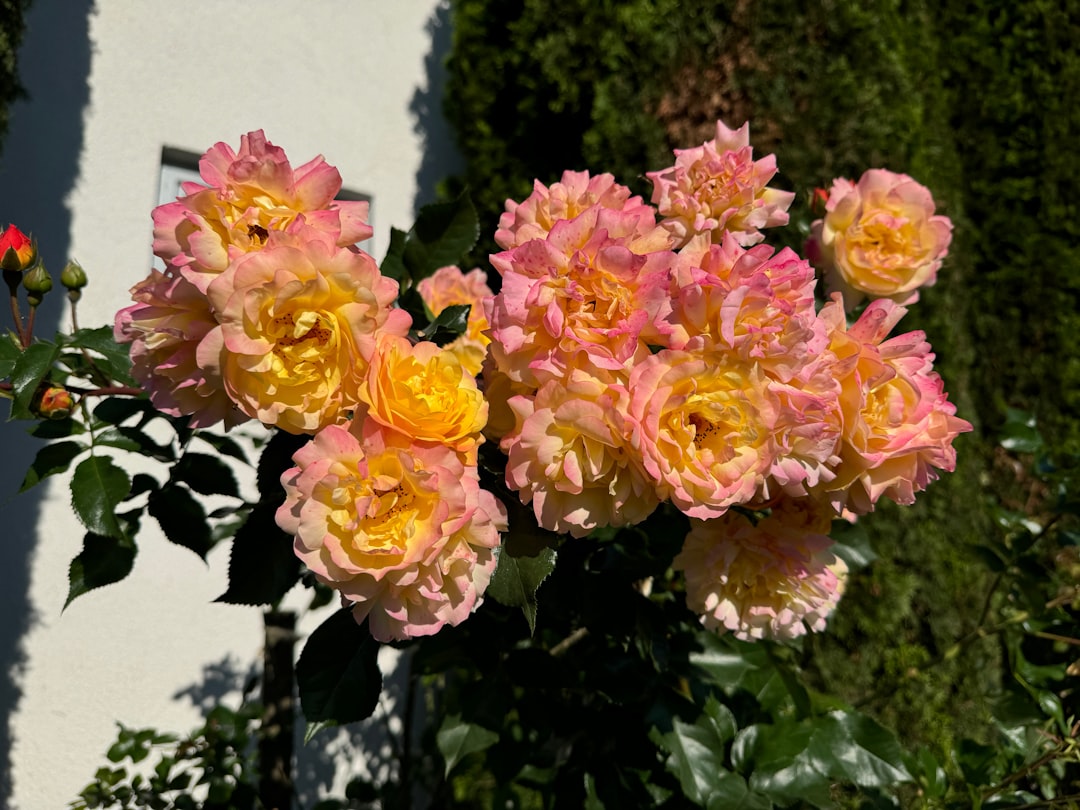
When one thinks of a garden adorned with beauty, lilacs often spring to mind. These shrubs are not just a feast for the eyes with their clusters of delicate, fragrant flowers; they carry a rich tapestry of symbolism and history that spans centuries across various cultures. There's more to this shrub than its pretty flowers, and delving into the world of lilac gardening reveals a fascinating story.
Lilacs belong to the genus Syringa and are native to the Balkan Peninsula. They have since spread far and wide, becoming a beloved addition to gardens in temperate regions around the globe. The most common species, Syringa vulgaris, or the common lilac, is known for its large, showy panicles of flowers that range in color from deep purple to pale lavender, and even white.
One of the reasons lilacs are so popular in gardening is their relatively low - maintenance nature. They thrive in well - drained soil and full sun, although they can tolerate some light shade. Once established, they are fairly drought - resistant, making them a practical choice for many gardeners. Pruning is an important aspect of lilac care. It should be done right after the flowers have faded to encourage new growth and ensure a healthy, bushy plant. This also helps to maintain the shape of the shrub and promotes better air circulation, reducing the risk of diseases.
But the allure of lilacs extends far beyond their horticultural qualities. In many cultures, lilacs have carried symbolic meaning for centuries. In the language of flowers, which was popular in the Victorian era, lilacs symbolize the first emotions of love. They were often given as a romantic gesture, a way to express the budding feelings of a new relationship. The sweet fragrance of lilacs was thought to evoke a sense of nostalgia and longing, making them a perfect gift for someone you held dear.
In some Eastern European cultures, lilacs are associated with Easter. They are used to decorate churches and homes during the holiday season, symbolizing renewal and the triumph of life over death. The appearance of lilacs in the spring is seen as a sign of the awakening of nature after the long, cold winter, a time of hope and new beginnings.
On the other hand, in some Asian cultures, lilacs are linked to the concept of spiritual enlightenment. The beauty and purity of the flowers are thought to represent the journey towards a higher state of consciousness. Their delicate petals are seen as a reminder of the transient nature of life, encouraging people to cherish each moment and seek inner peace.
When it comes to incorporating lilacs into your garden, there are many creative ways to do so. You can plant them as a standalone specimen, allowing their beauty to take center stage. Or, you can create a lilac hedge, which not only provides a stunning visual display but also acts as a natural privacy screen. Lilacs also pair well with other spring - blooming plants such as tulips and daffodils, creating a riot of color and fragrance in your garden.
Whether you're a seasoned gardener or just starting out, adding lilacs to your garden is a decision you won't regret. Their beauty, fragrance, and rich symbolism make them a truly special addition. So, the next time you see a lilac shrub in bloom, take a moment to appreciate not just its pretty flowers but also the centuries - old stories and meanings that it carries.
As you tend to your lilac plants, you'll find that they reward you with more than just a beautiful display. They offer a connection to history, culture, and the natural world. Gardening with lilacs is not just about growing a plant; it's about becoming part of a long - standing tradition that celebrates the beauty and significance of these remarkable shrubs.
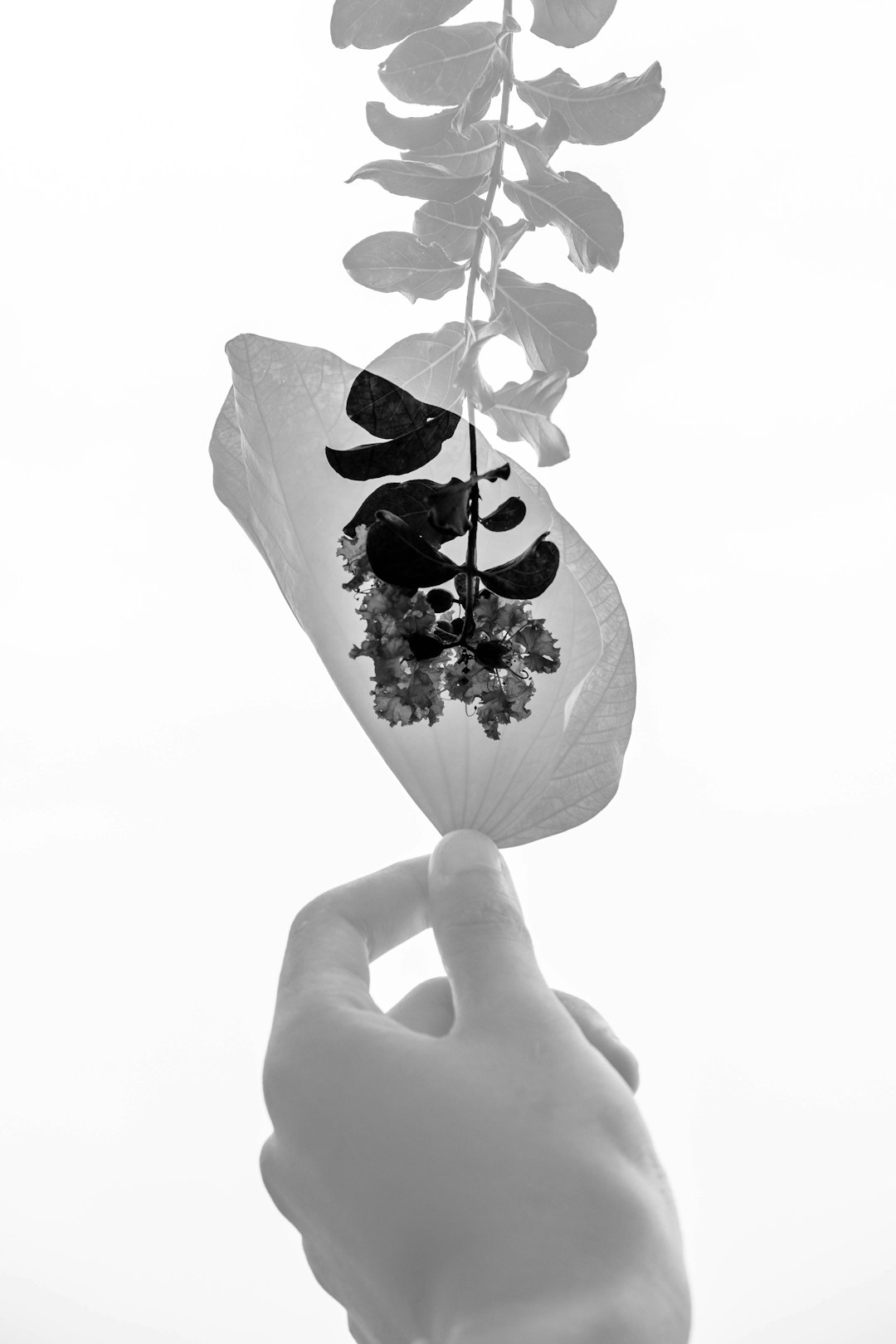
The Secret to Squirrel - Free Potted Plants
The Secret to Squirrel - Free Potted Plants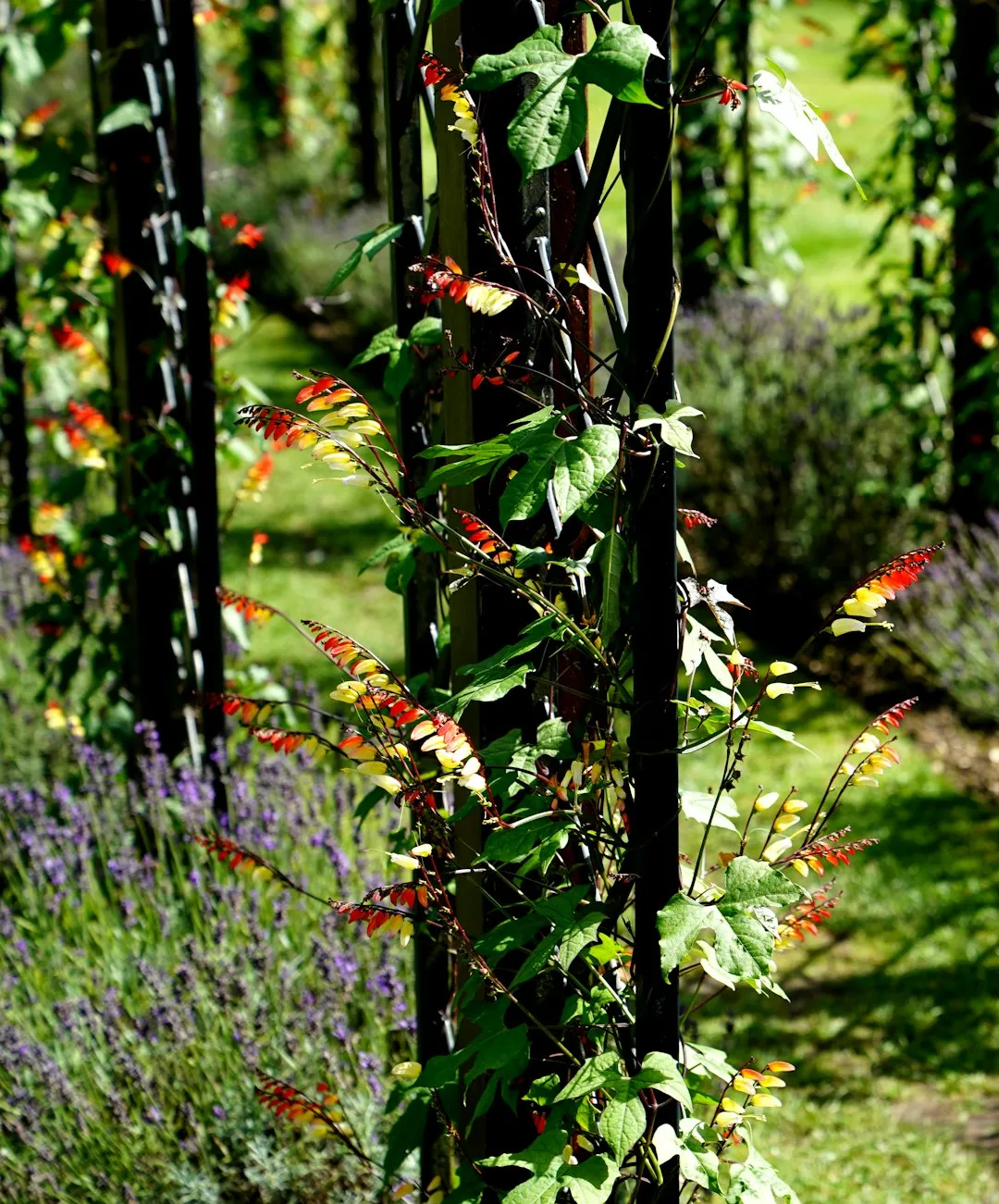
Sweet Rewards: Cultivating Berries in Containers
Sweet Rewards: Cultivating Berries in Containers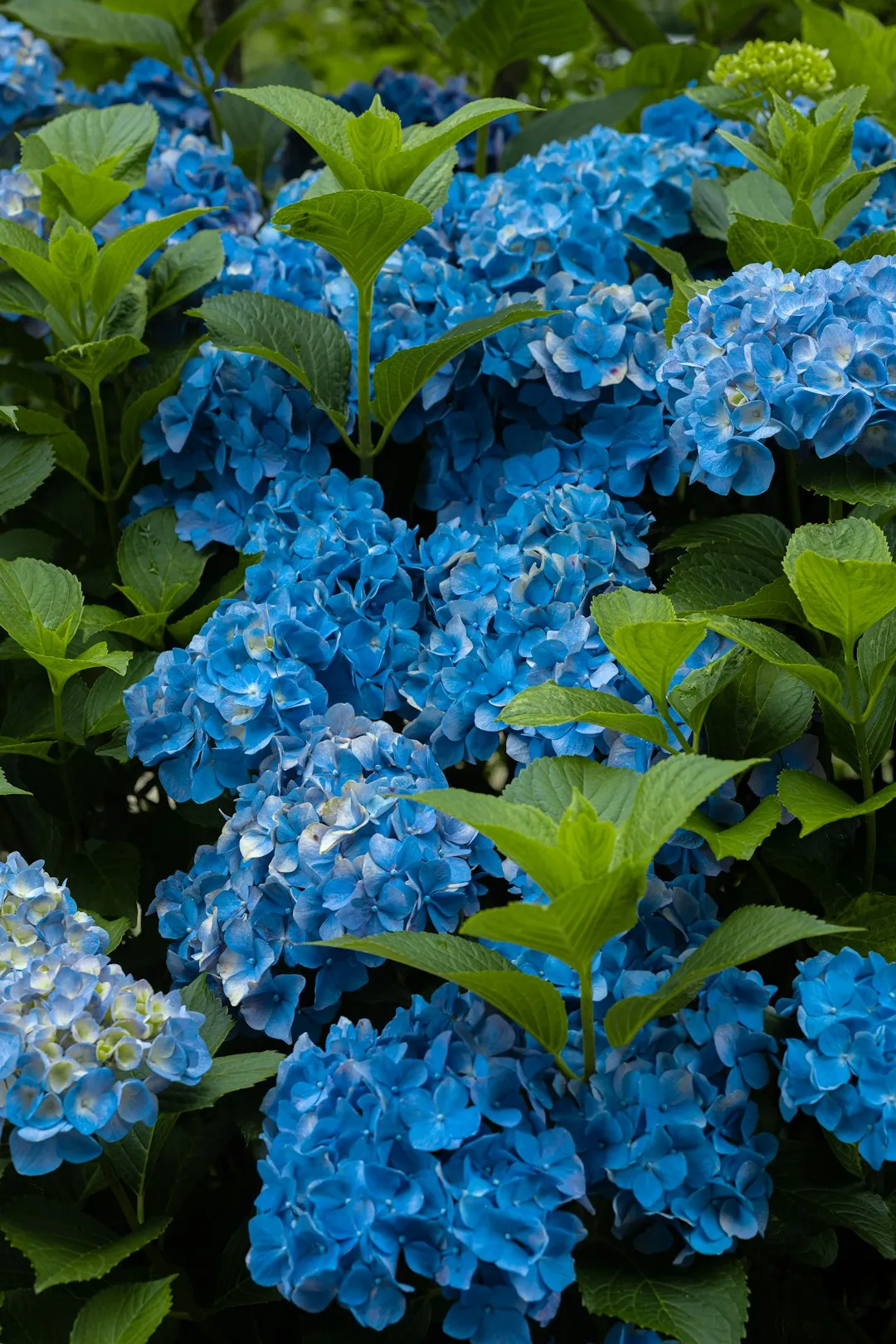
Unveiling the Secrets of a Stunning Lawn
Unveiling the Secrets of a Stunning Lawn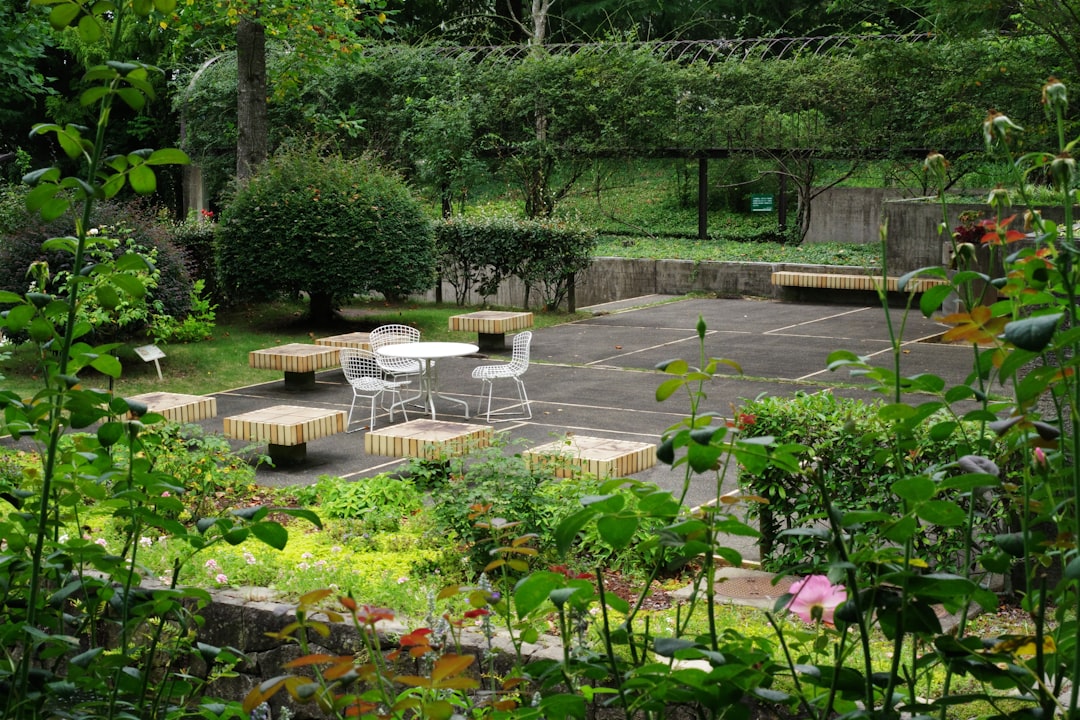
Fall Lawn Maintenance: The Key to a Healthy Yard in Winter
Fall Lawn Maintenance: The Key to a Healthy Yard in Winter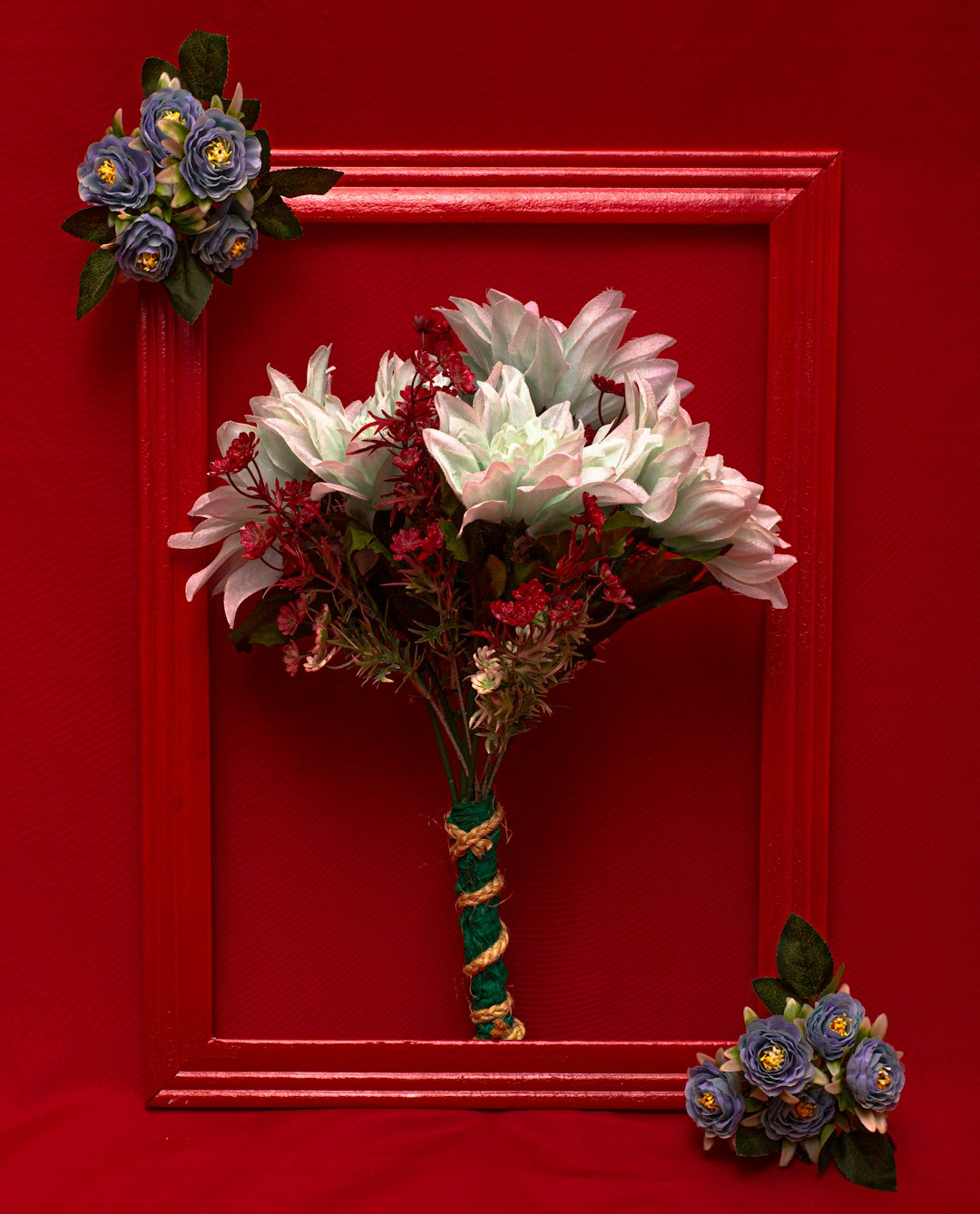
The Secret to Soil Amendment Without Uprooting Your Plants
The Secret to Soil Amendment Without Uprooting Your Plants
Unleash Your Garden's Potential: The Art of Seed Collection
Unleash Your Garden's Potential: The Art of Seed Collection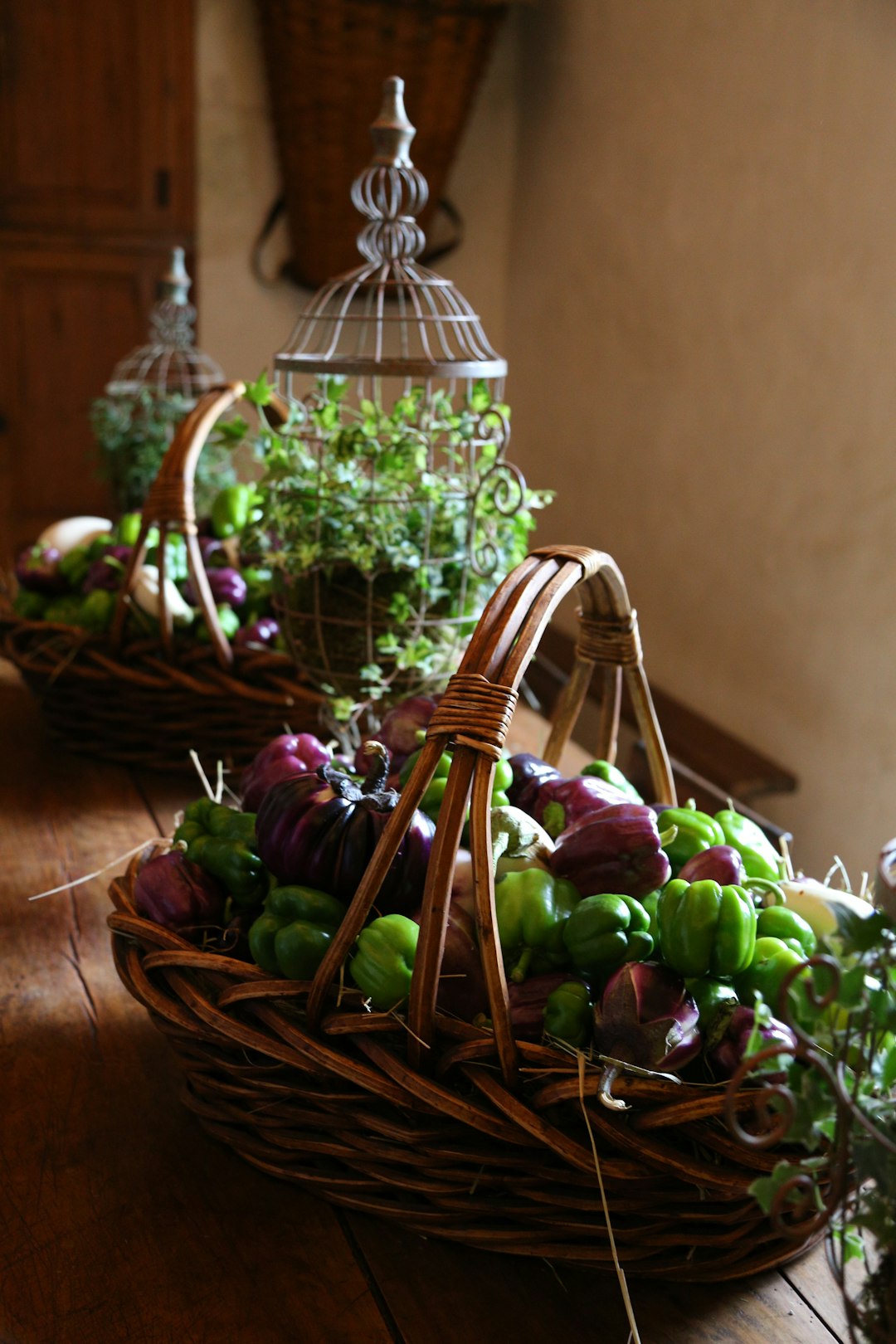
Pre - Summer Yard Care Essentials
Pre - Summer Yard Care Essentials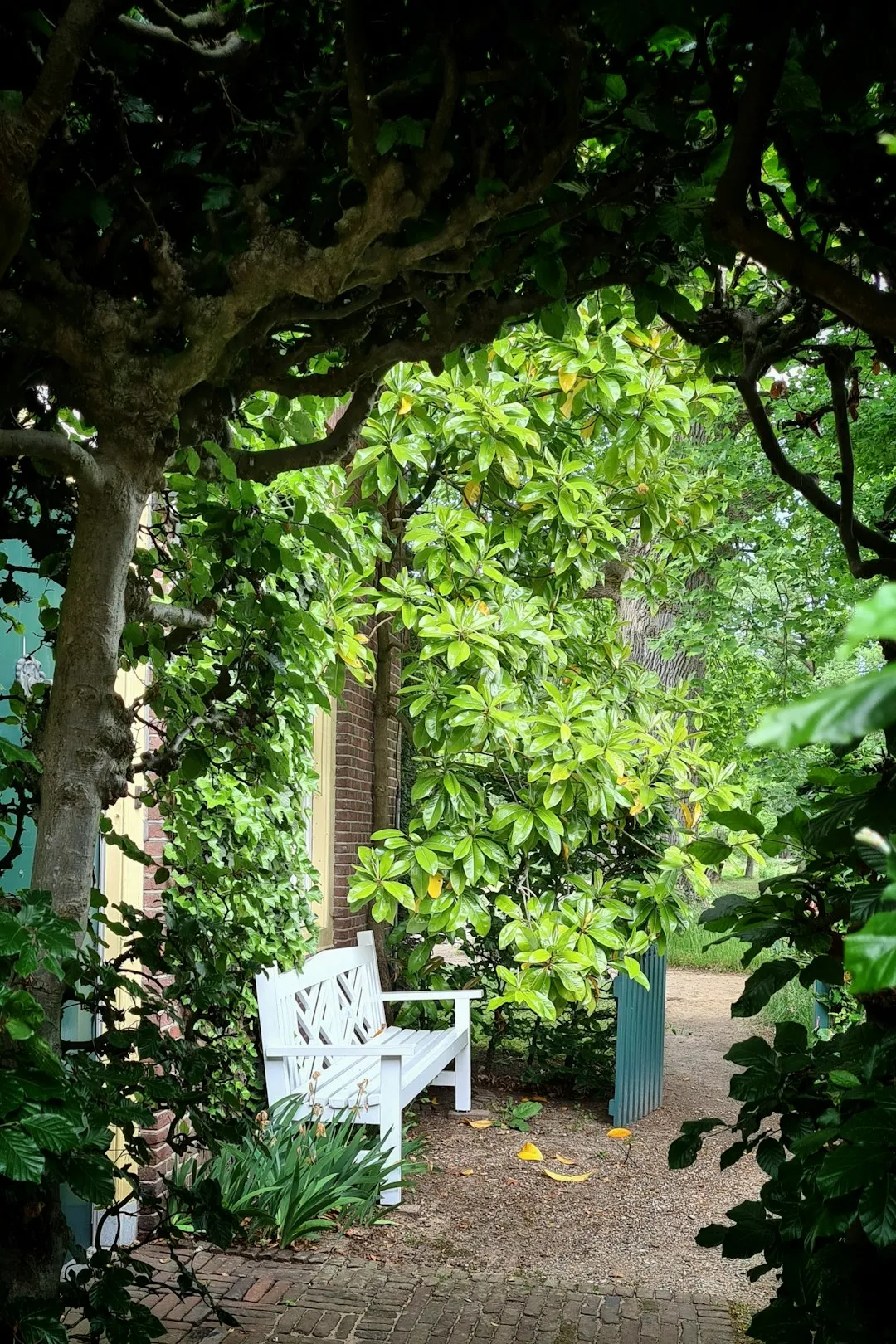
Weathering the Storm: Nurturing Your Garden in Extreme Conditions
Weathering the Storm: Nurturing Your Garden in Extreme Conditions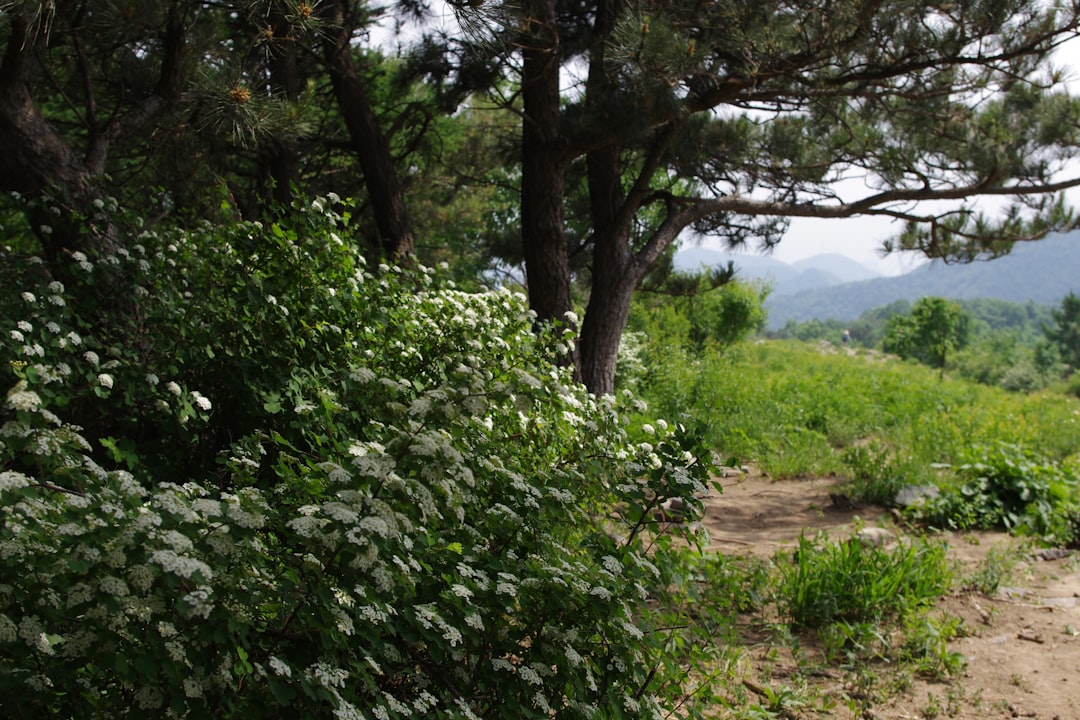
Summer Pruning: The 10 Flowering Plants to Leave Alone
Summer Pruning: The 10 Flowering Plants to Leave Alone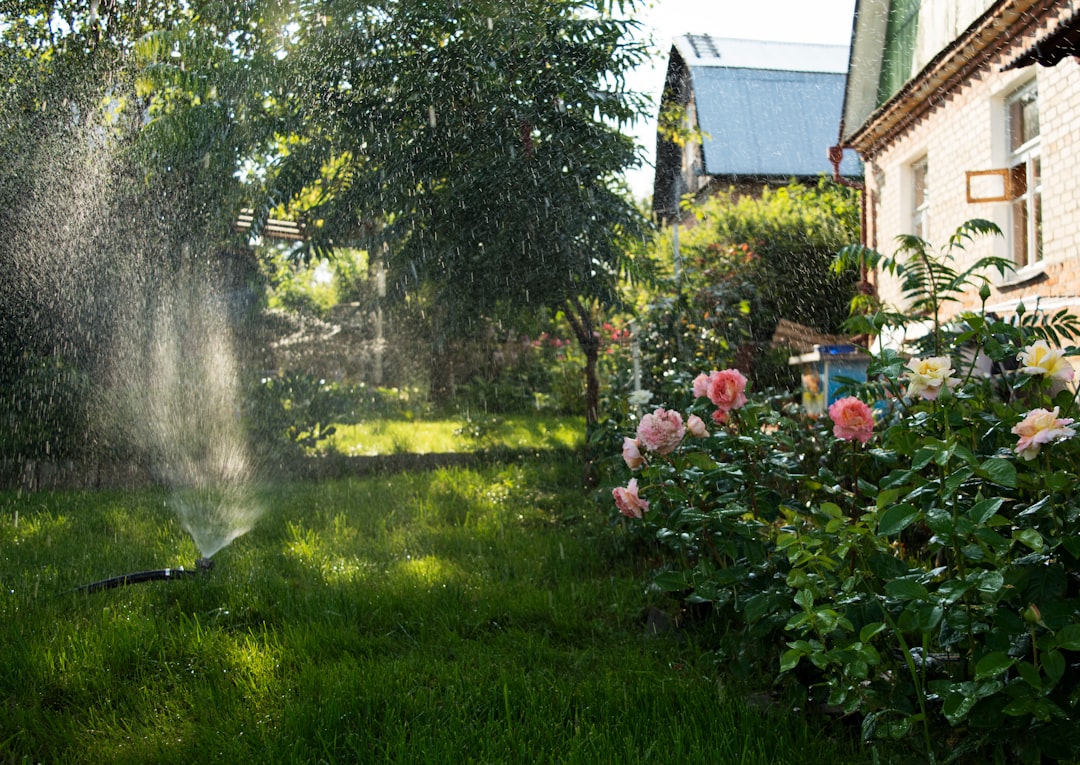
Unveiling the Hidden Gems of Perennial Gardening
Unveiling the Hidden Gems of Perennial Gardening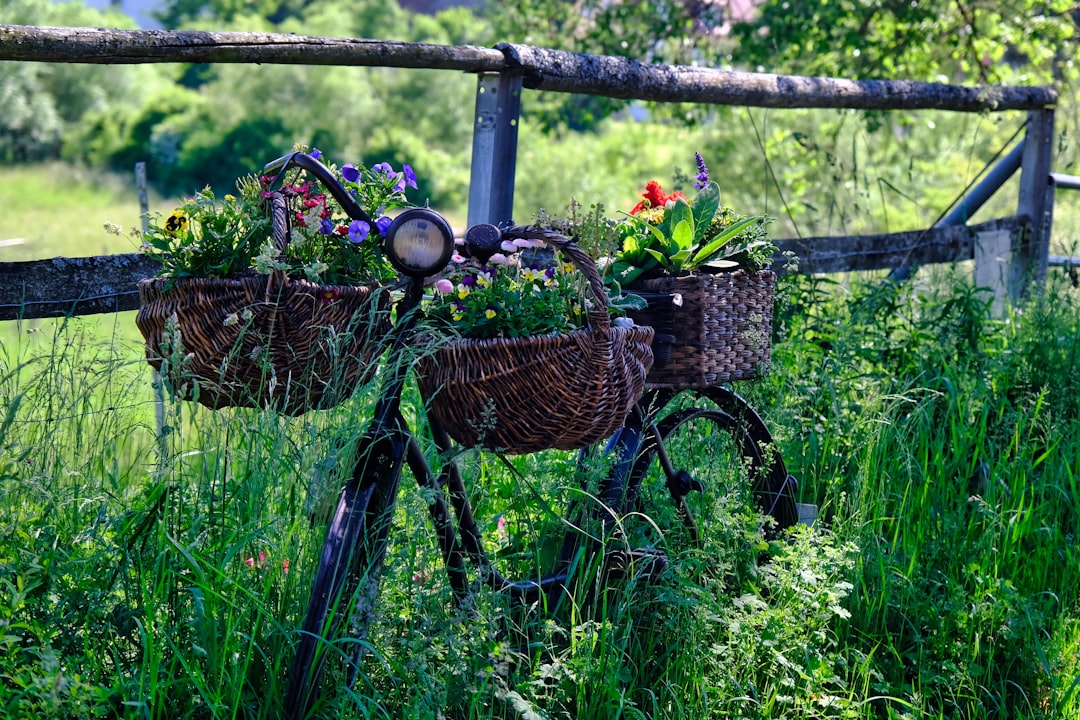
Unleashing the Beauty of Perennial Black - Eyed Susans in Your Garden
Unleashing the Beauty of Perennial Black - Eyed Susans in Your Garden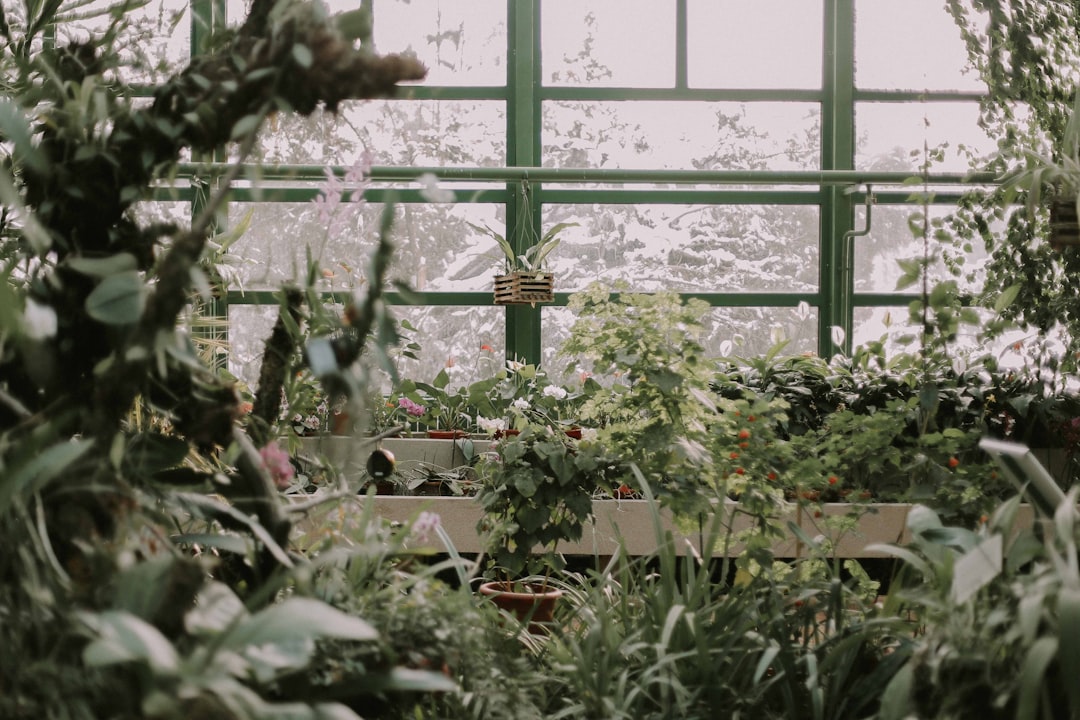
Unveiling the Secrets of Trillium Growth
Unveiling the Secrets of Trillium Growth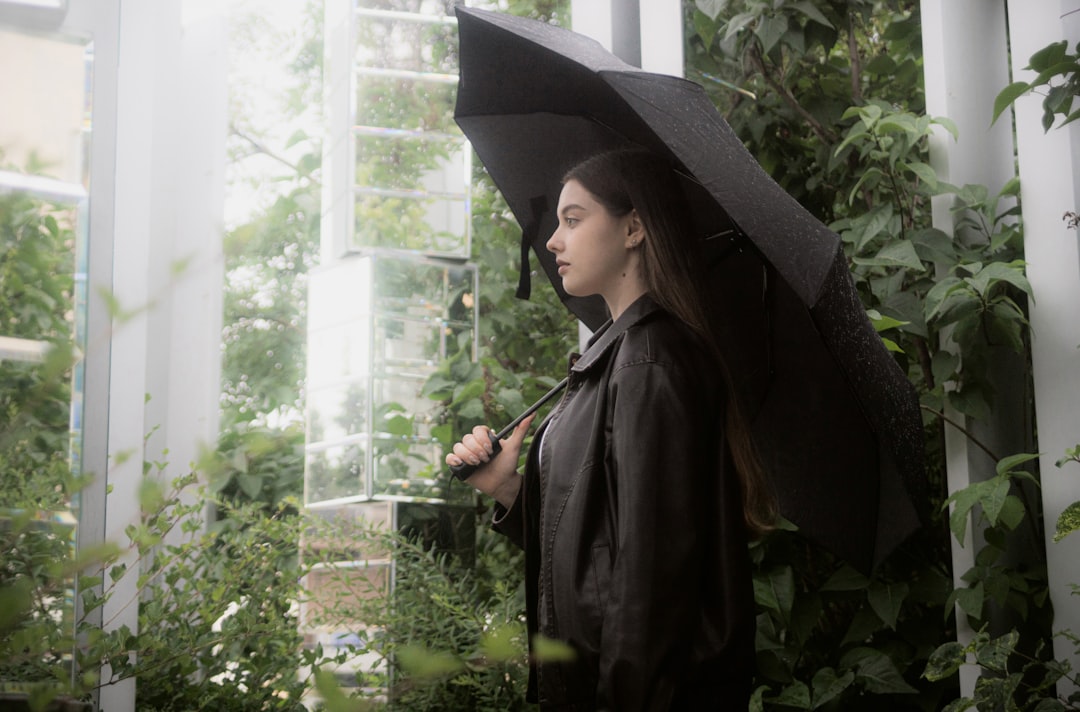
The All - Season Charm of Sedum Plants
The All - Season Charm of Sedum Plants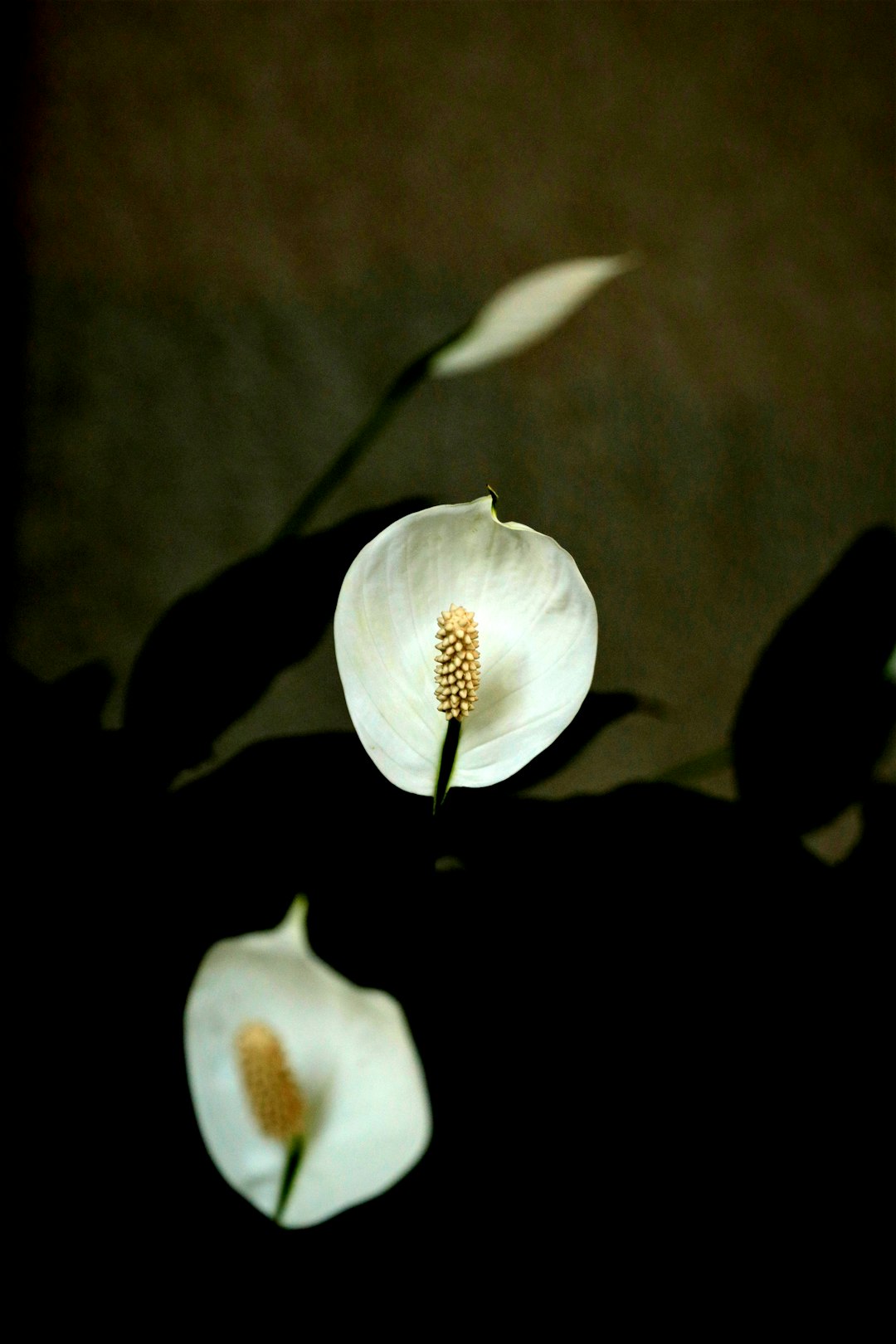
Banishing Snakes from Your Yard: Simple Solutions
Banishing Snakes from Your Yard: Simple Solutions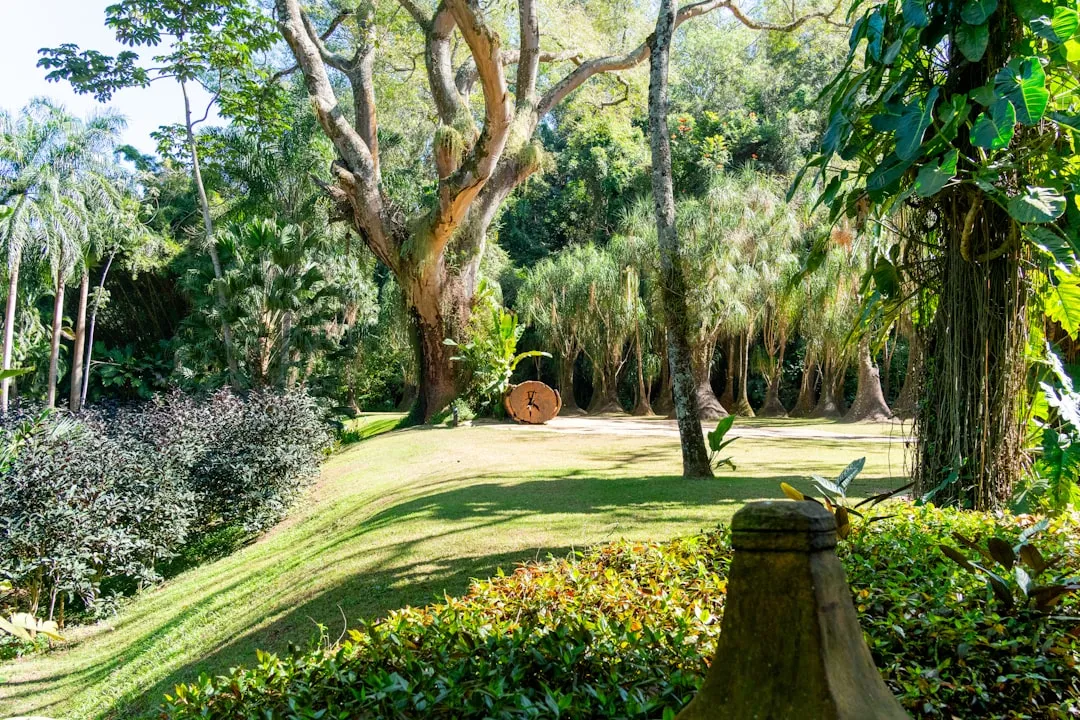
Secrets to a Bug - Free Garden: Conquering Squash Bugs Naturally
Secrets to a Bug - Free Garden: Conquering Squash Bugs Naturally
Transform Your Yard: Banish Crabgrass for Good
Transform Your Yard: Banish Crabgrass for Good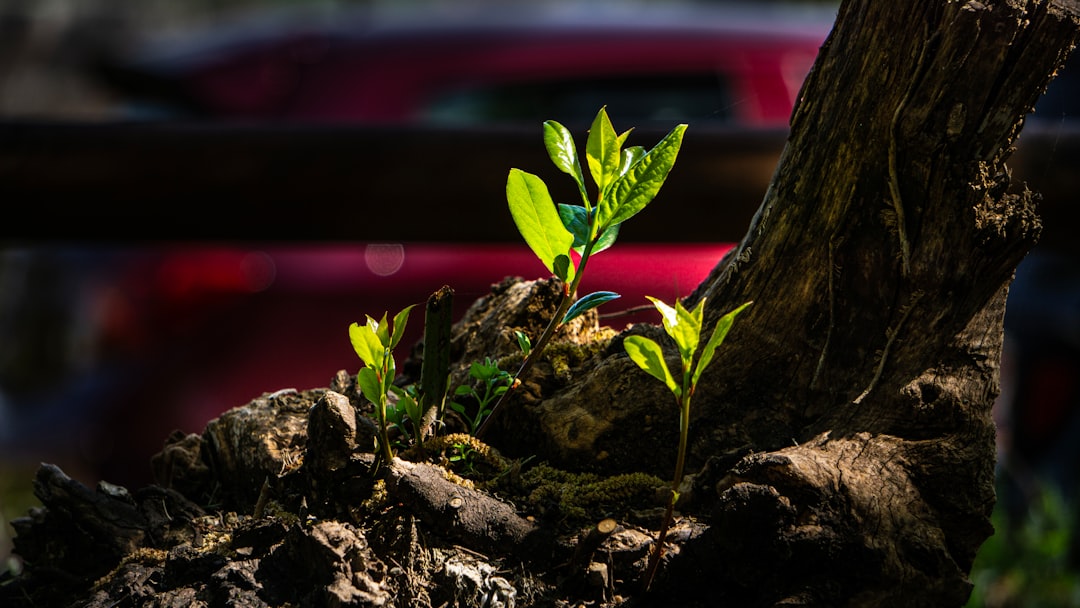
Unveiling the Wonders of a Low - Sun Garden
Unveiling the Wonders of a Low - Sun Garden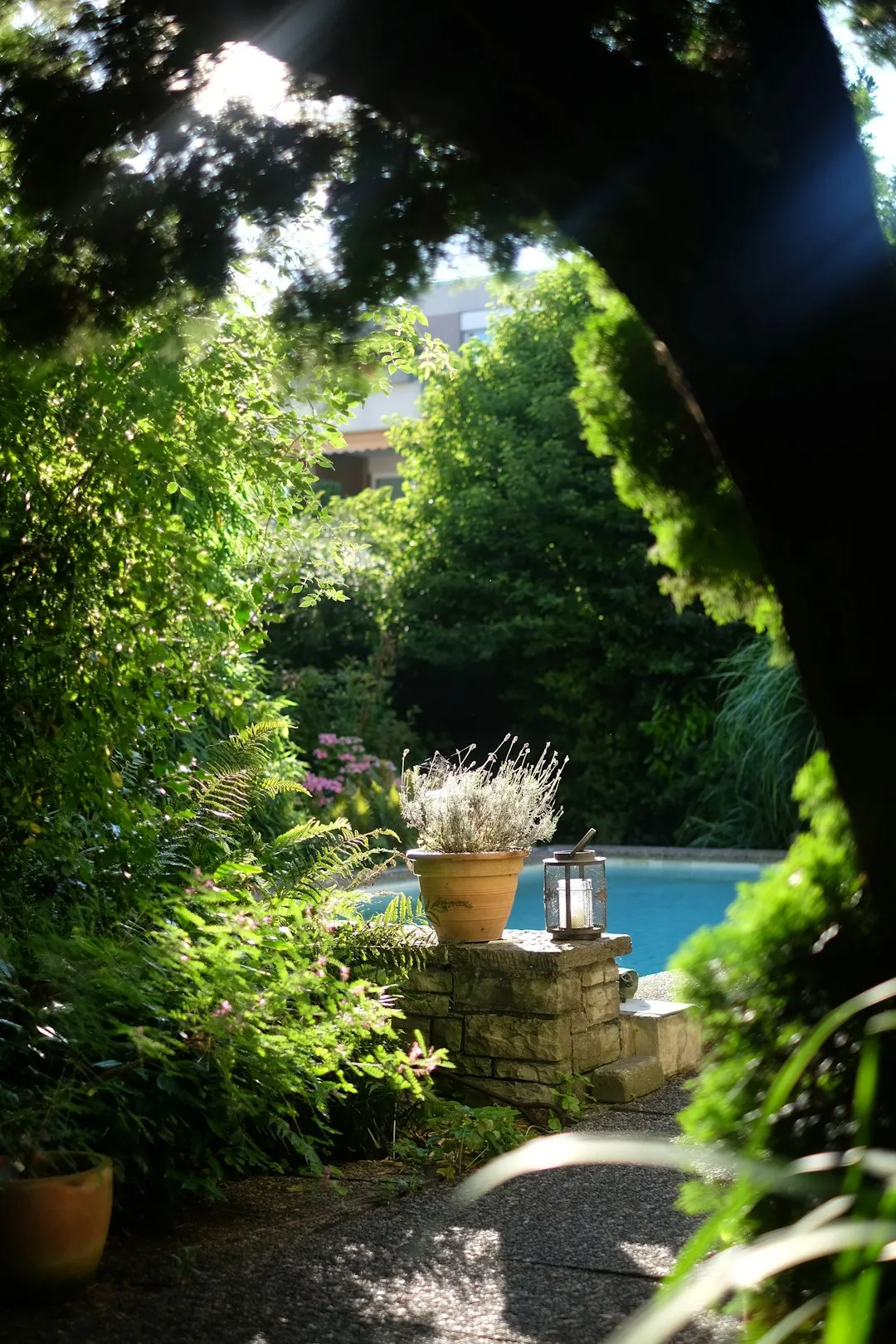
Unleash Your Garden's Potential: The Magic of Lasagna Gardening
Unleash Your Garden's Potential: The Magic of Lasagna Gardening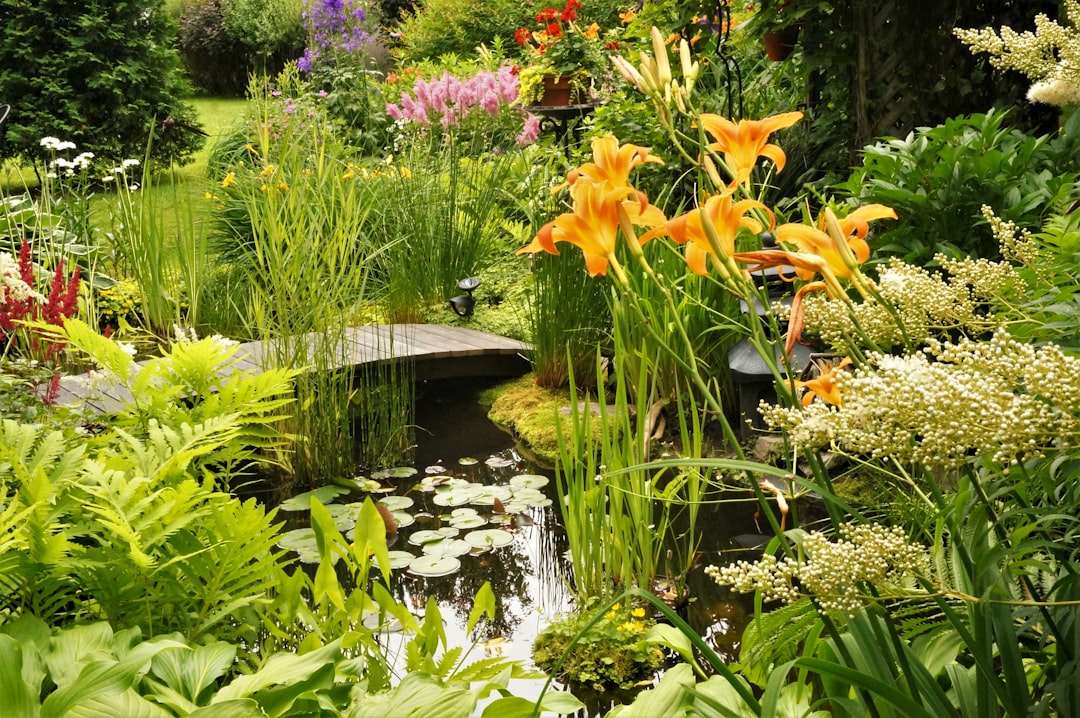
Unveiling the Mysteries of Lunar Gardening
Unveiling the Mysteries of Lunar Gardening
Unleash Your Inner Herbalist: A Guide to Indoor Herb Gardening
Unleash Your Inner Herbalist: A Guide to Indoor Herb Gardening